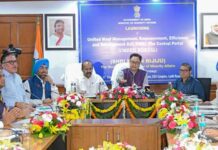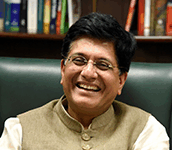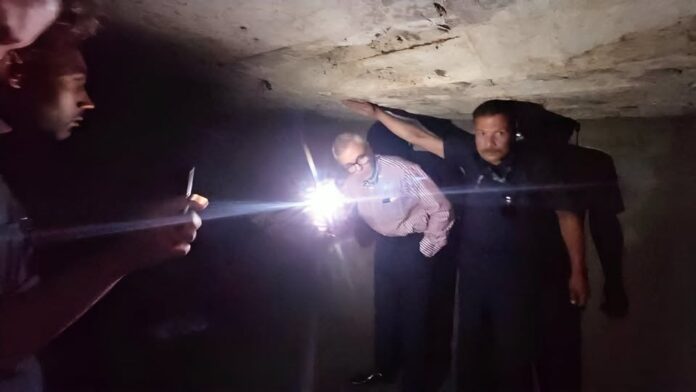MAY 14: In a proactive move to ensure civilian safety in conflict-prone border regions, Jammu and Kashmir Chief Minister Omar Abdullah visited Tangdhar, a sensitive area near the Line of Control (LoC), to inspect recently built community bunkers. The Chief Minister’s visit highlighted the importance of strengthening safety infrastructure for residents frequently affected by cross-border shelling and unrest.
While touring the area, CM Omar Abdullah interacted with local residents and assessed the condition and accessibility of these protective shelters. During his inspection, he emphasized the role of community bunkers in safeguarding lives during emergencies, particularly in border areas that often bear the brunt of cross-border hostilities.
“These structures are more than concrete rooms—they are a lifeline during times of crisis,” said the Chief Minister. “We will ensure that more such safe spaces are constructed across vulnerable regions to protect and support our people.”
Omar Abdullah praised the resilience of the residents and assured them that the government remains committed to their safety and well-being. He noted that the administration is actively identifying high-risk zones where additional bunkers will be built, ensuring no family is left unprotected in the face of danger.
The Chief Minister also instructed district officials to maintain the bunkers regularly, keep them accessible at all times, and raise community awareness about using these facilities effectively during emergencies. He stressed the need for incorporating feedback from locals to improve the functionality and comfort of future shelters.
Community members expressed gratitude for the initiative and voiced their concerns and suggestions. Many families living in border villages said that these bunkers had become crucial safe havens during shelling incidents, saving lives and reducing panic.
The visit reaffirmed the government’s broader commitment to border development and civilian protection. CM Abdullah further indicated that plans are underway to integrate safety infrastructure into the long-term developmental blueprint of these regions, balancing immediate relief with sustainable planning.
By focusing on tangible safety measures and increased investment in civil defense infrastructure, the Chief Minister’s visit marks a step forward in making border life safer, more secure, and less vulnerable to sudden escalations in conflict.
This initiative reinforces that the state government views the protection of its border residents not just as a priority—but as a responsibility.




















